MOTHERBOARD has changed a lot from our initial ideas in the span of a week!
Mars pitched our first idea: a cooperative island-builder game with a cyberpunk theme. The island-building would be inspired by games like Dorfromantik and Carcassonne, where players placed randomly-generated tiles on a map, gaining points for connecting tiles in the right way. Mars wanted to make a co-operative game with a cyberpunk theme. Cassie liked this, and threw out some suggestions for how tiles would connect to each other, look like a circuit board, and fit into the 80s cyberpunk aesthetic. She drew on the Cyberpunk 2020 TTRPG for the flavor, with cowboy-like hackers crawling across the mainframe and fighting the evil MOTHERBOARD, fighting to liberate the system from its corporate and/or robotic overlords before it’s too late and the resistance is crushed. We got really into the flavor of the game, and tried to have all the rules and mechanics have some in-universe explanation.
Invoking the Principle of the Marshmallow Tower, we tried to whip up a playable prototype as soon as possible. Our first iteration had square tiles representing chips on a circuit board. We started with two colors, red and blue, giving each chip a color and connections to the sides with some combination of colors. We figured that each color would eventually be a category of cyberpunk location – perhaps bars, or resistance armories, or bike shops, take your pick. Cassie wrote a script to randomly generate card configurations, by picking random colors and connecting wires.
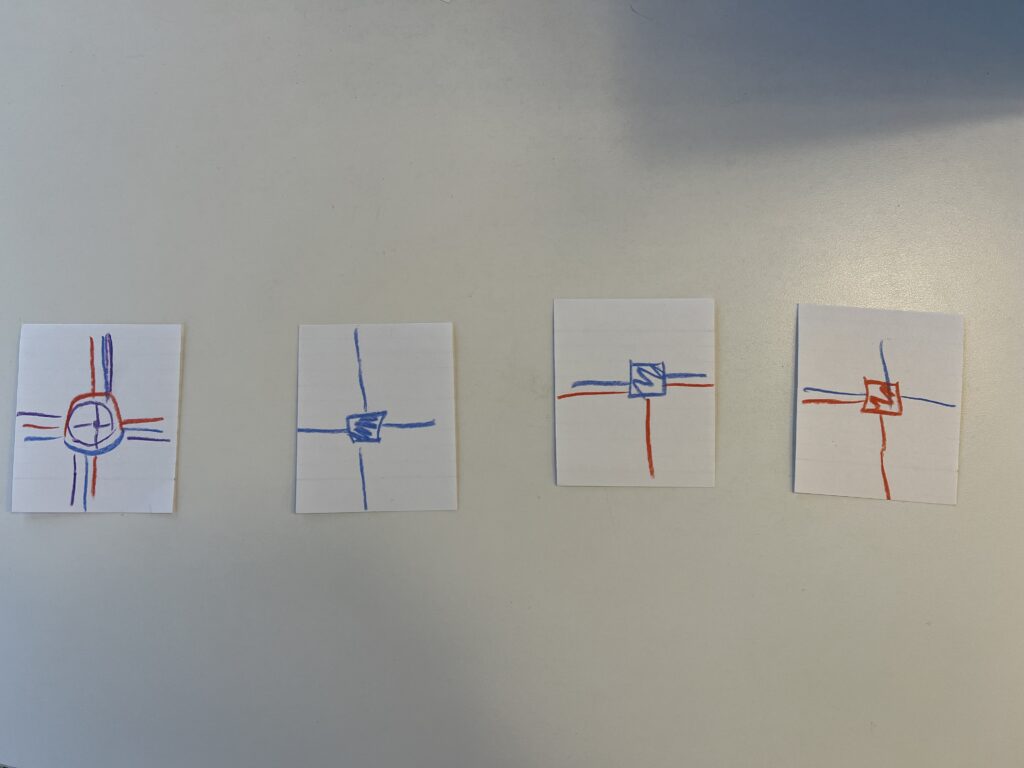
Fig. 1: sample cards from the first iteration of MOTHERBOARD
Each player had a hand of three cards, placed face-up in front of them because the game was cooperative, and added one card to the board each turn, replacing it with a random card from the deck. Starting from a multicolored Resistance HQ, new tiles could only be connected to like colors.
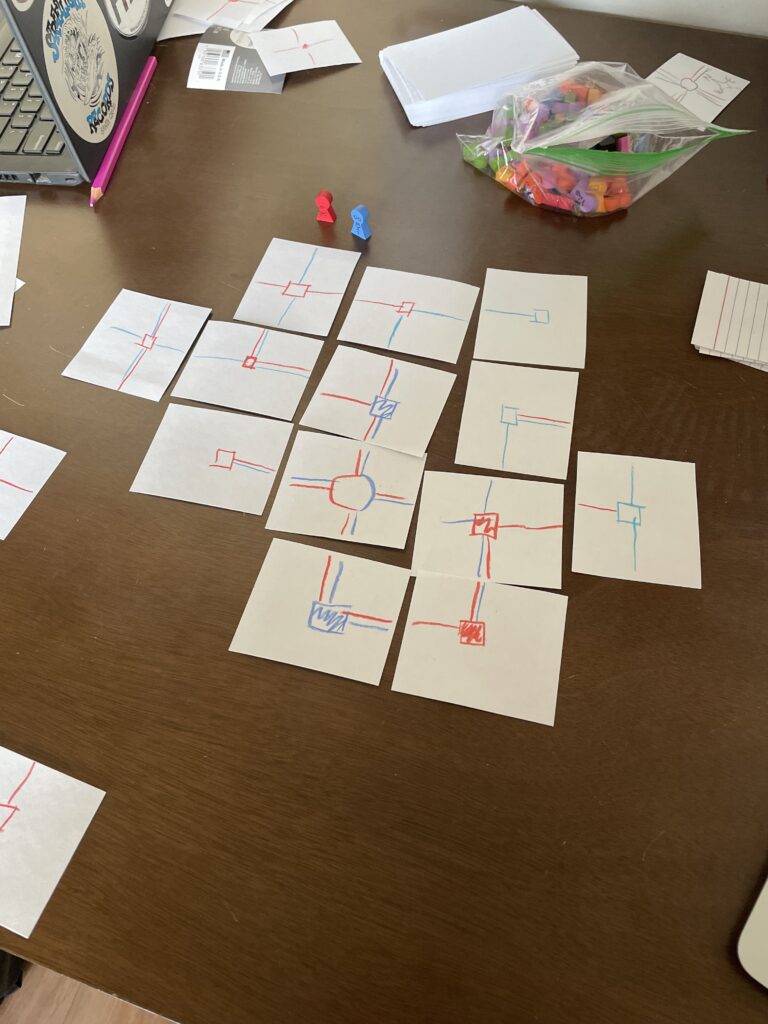
Fig. 2: playthrough of the first iteration
Note that we didn’t know the true objective of the game yet. We figured there would be some sort of point-scoring system, where players would score points on some set of criteria. We considered scoring points for
- connecting chips to the Resistance HQ at the center of the board
- connecting chips to each other with lines of the appropriate color, to form a sort of “district”
- placing chips far away from other chips of the same color, to discourage clustering
We also had a vague conception of a non-player character, the MOTHERBOARD, attempting to subvert the players’ moves, possibly by adding nonscoring gray tiles or corrupting the players’ tiles into gray ones. But it was the confusion of the points system that ultimately did this prototype in, when Mars suggested that we set up objective chips for the players to reach out and connect to, which led pretty directly to our second prototype:
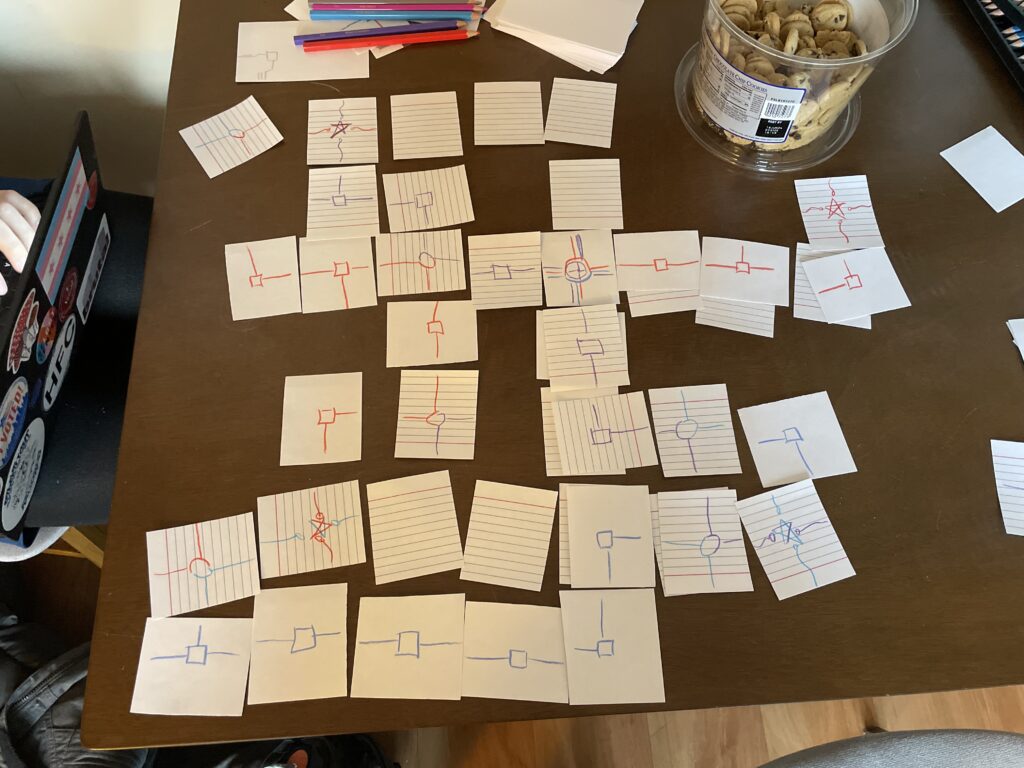
Fig. 3: playthrough of the second iteration
The cards were simplified and homogenized, to only be of one color. Two colors was too simplistic, so we expanded the palette to three colors, red, blue, and purple. (Blue and purple ended up looking quite similar, leading us to pick a teal in the following prototype). But we noticed that with concrete, easily measurable objectives, we were actually invested in the outcome of this game and enjoying our play! This was a huge step up from our last prototype. We placed the terminals with a random number generator, hoping to place it with dice in a more polished version. We lost the game in this second playtest because of a shortage of cards – there simply weren’t enough cards in the deck to beat the game.
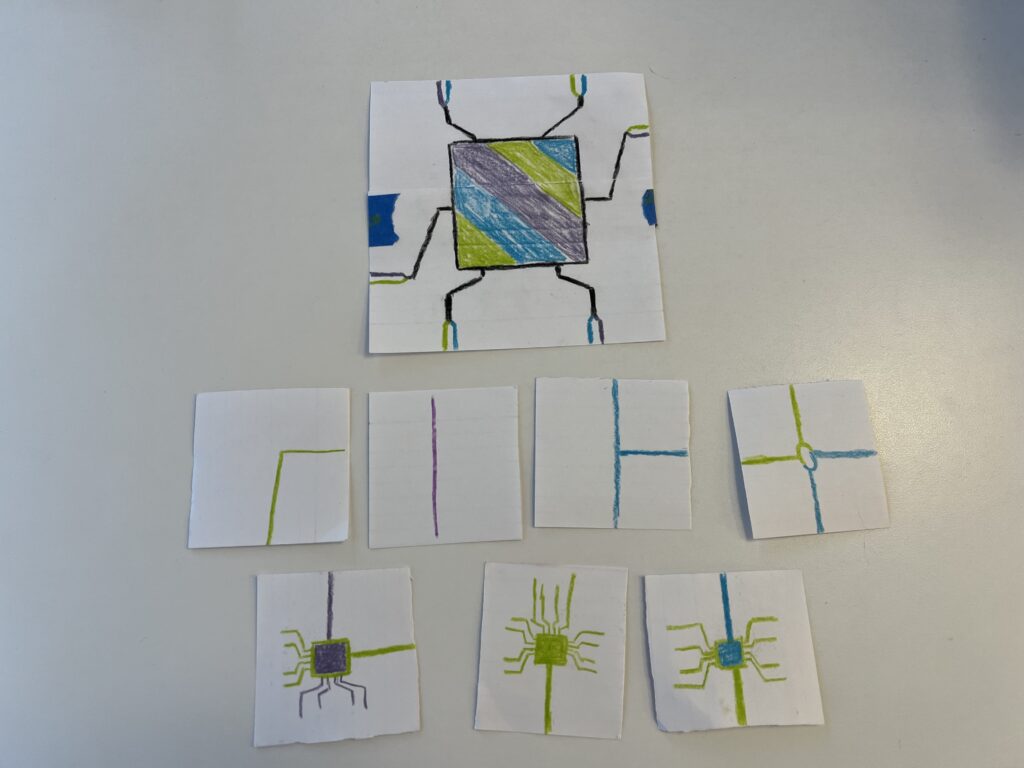
Fig. 4: cards from the third and current iteration of MOTHERBOARD
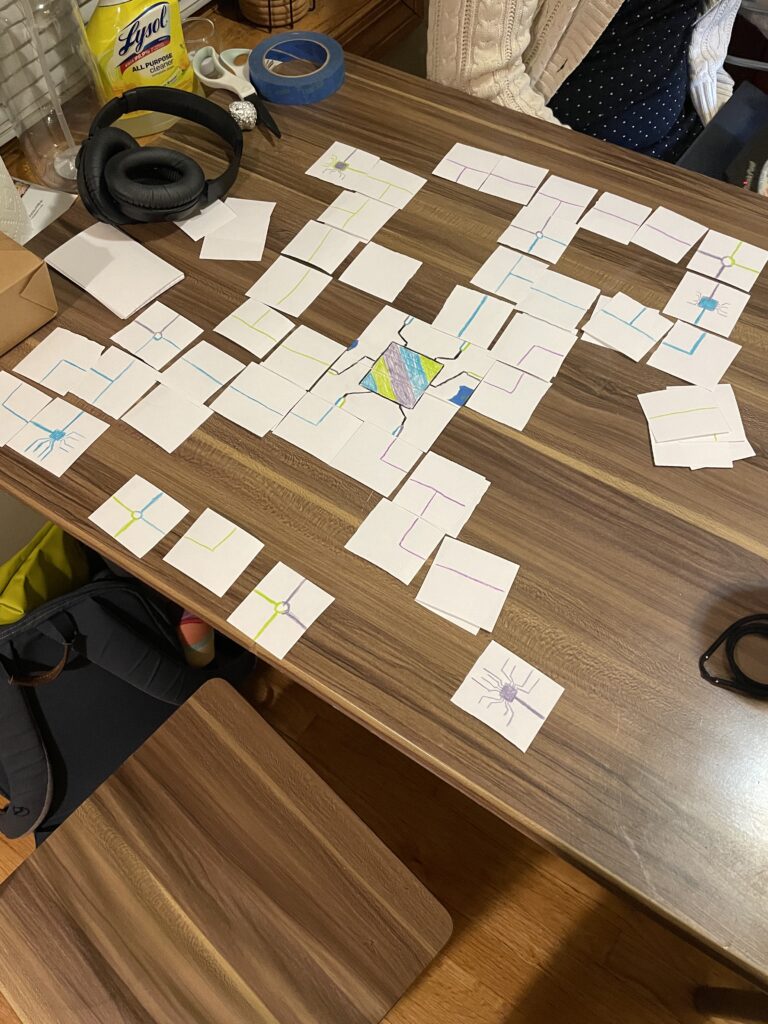
Fig. 5: Our final playthrough before playtesting
Our third iteration of the game, which has the deck we’re bringing to playtesting on Thursday, involved less drastic changes than the first two. We rebalanced the deck, creating a fixed number of cards instead of randomly generating them. (The deck has 4 corners, 4 straights, and 3 junctions of each color, plus 2 wild cards for each combination of 2 colors.) We spent some more effort on the cards, making them neater and easier to read. A one-card Hub was very limiting, so we expanded the Hub to a 2×2 tile with 6 connections rather than 4. The terminals are now placed in fixed locations (2 tiles away from each corner), but we pick 4 random terminals from a deck and set them up in (mostly) random rotation, resulting in more controlled variance while still allowing for replayability. We also tweaked the hand limit throughout playtesting, switching between 3 or 4 depending on overall difficulty. We failed to win this playtest because 3 of the 4 terminals required purple connections, something the deck couldn’t support with our strategy.
We noticed that our game drifted away from point-scoring, non-player-controlled tile placement, and the cyberpunk theme. We jokingly started calling it “Electrician Simulator” a couple days ago. However, while we think we’re building some solid fundamentals, we’d ultimately like the game to be a little bit more complex and exciting than it is now. Once we’ve hashed out and balanced the core mechanics, we hope to try more playthroughs, trialing new features one by one until we find solid options.